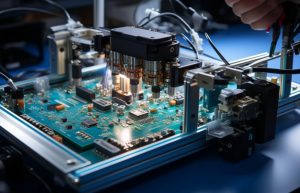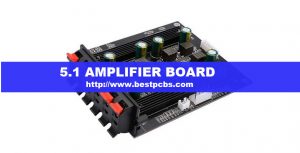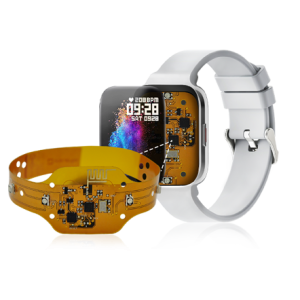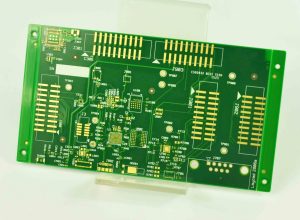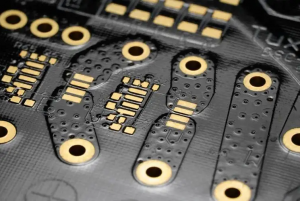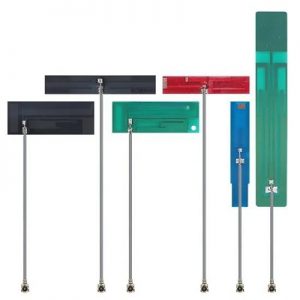There are many factors that affect pcb board price. The diversity of PCB processing prices has its inherent inevitable factors, which are closely related to materials, processes and other aspects. As an important part of electronic components, PCB boards play a very important role in the electronics industry. One of the important problems is that prices fluctuate greatly, which brings great uncertainty to the production and operation of enterprises.
How much do pcb board price?
The price of PCB is determined by many factors, including board cost, processing cost, quality inspection cost, etc.
Board cost is the main component of PCB cost, accounting for about half of the total cost. The cost of boards depends on factors such as material, thickness, size and quality. For example, the prices of different types of plates such as FR4, CEM-1, and aluminum substrates vary significantly. The cost of panels will be affected by multiple factors such as market supply and demand, raw material price fluctuations, and the complexity of the production process.
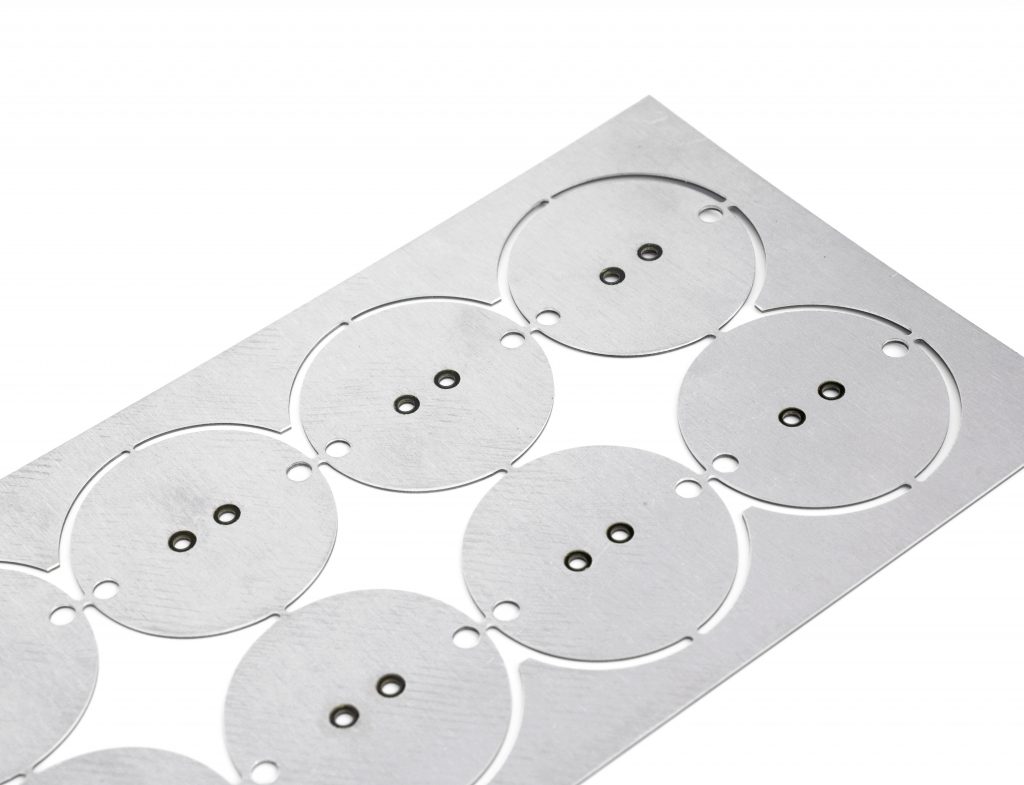
Processing costs include cutting, drilling, electroplating, lamination and other links. The equipment and process requirements of each link will affect the final cost. The depreciation costs of high-end equipment, workers’ operational proficiency and the degree of optimization of the production process are all key factors that affect processing costs.
Quality inspection cost is also an important part of PCB cost. Strict quality testing is required during the production process, including environmental adaptability testing, electrical performance testing, etc. The number and stringency of these testing items will also affect production costs.
In addition, the cost of PCB also includes indirect costs, such as equipment depreciation expenses, labor costs, management expenses, R&D expenses, etc. Batch size and yield control are also important factors that affect cost. Large-volume production usually reduces unit costs, and high yield means lower costs. Therefore, the specific cost of PCB needs to be comprehensively evaluated based on factors such as specific board type, processing requirements, testing standards, and production batches.
Why is PCB so expensive?
The price of PCB is high mainly because its production involves multiple cost factors and complex processes.
The production cost of PCB is affected by the cost of materials.
PCB boards are mainly made of materials such as copper, fiberglass, and epoxy resin. The cost of these materials directly affects the final price of the PCB board. In addition, the complexity of PCB design and manufacturing is also an important factor affecting the price. The design and manufacturing process requires precise tools and specialized skills. The more complex the design, the higher the fees paid to the designer. The complexity of the manufacturing process will also lead to increased costs.
Accuracy and quality are also key factors in determining pcb board price.
High-precision PCBs require higher manufacturing costs because they require more precise tools and more rigorous manufacturing processes. High-quality PCBs usually need to go through more quality control steps, which also increases costs.
Supply chain and regional differences are also factors that affect pcb board price.
Changes in the global supply chain and differences in production costs in different regions will be reflected in pcb board price.
In terms of production process.
PCB production includes multiple stages, such as pre-processing, image transfer, electroplating, etching, inspection and trimming, and post-processing. Each stage requires specific technology and equipment, which also increases production costs.
In addition, the price of PCB is also affected by a variety of other factors, including surface treatment technology, copper foil thickness, customer’s quality acceptance standards, mold fees and test rack fees, payment methods and order volume/delivery time, etc. For example, different surface treatment processes (such as OSP, leaded tin spraying, lead-free tin spraying, etc.) and copper foil thickness will lead to price differences; the higher the customer’s quality acceptance standards, the higher the price; mass production may require Molds and test racks, which also add cost.
To sum up, the high price of PCB is mainly due to the fact that its production involves a variety of materials, complex processes, high precision and quality requirements, and a variety of factors that affect cost.
How much gold is in a PCB board?
PCB boards contain a certain amount of gold, but the exact amount varies depending on the type and application of the PCB board.
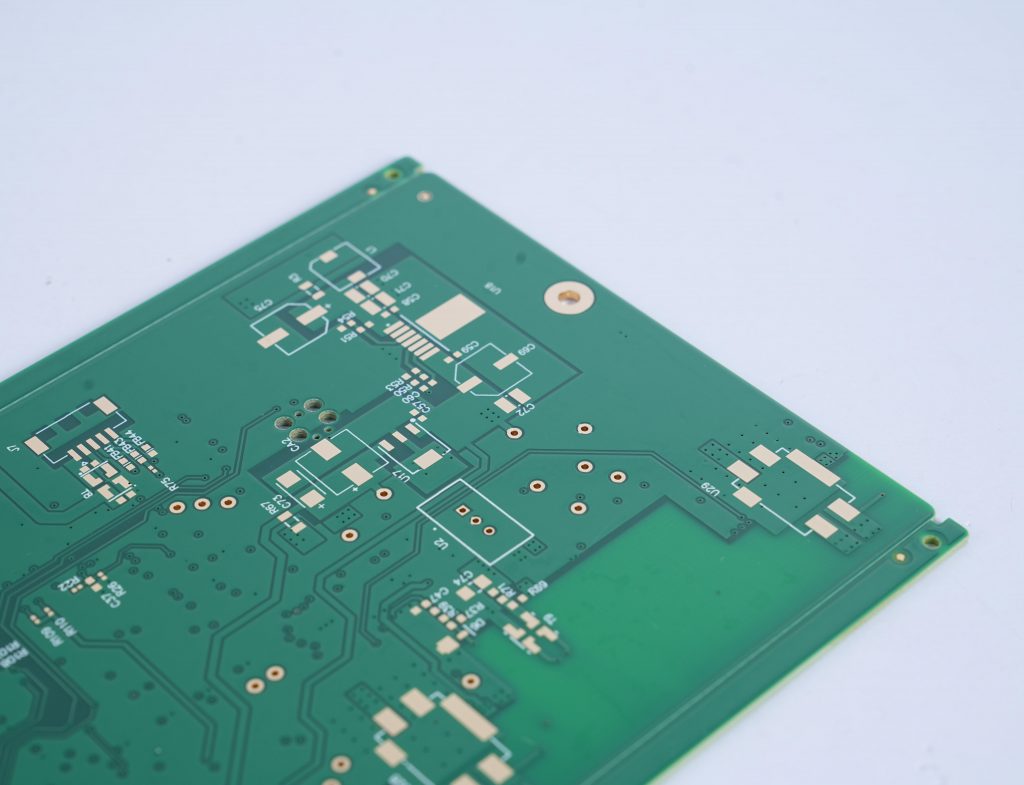
PCB board (printed circuit board) is an indispensable component of most electronic products and is used to interconnect circuits. With the development of technology, some special electronic copper-clad laminates can even be used directly to manufacture electronic components.
In the manufacturing process of PCB boards, gold is often used as a material for surface treatment, especially in some high-end or special application PCB boards. For example, components such as motherboards, CPUs, random access memory chips (RAM), internal modems, PCI boards, Ethernet ports, etc. often contain gold on their connection pins and surface layers. The use of this gold not only increases the value of the product, but also improves its performance and reliability.
As for the specific gold content, although there is no fixed ratio, data shows that 1 ton of circuit boards contains at least 80 grams of gold, and chip packaging also contains gold and other precious metals such as silver. This shows that recycling precious metals such as gold from electronic waste has considerable economic value. In addition, the application of gold in PCB boards is usually achieved by electroplating. Sometimes a layer of nickel is added between gold and copper as a barrier layer to prevent electron migration and diffusion reactions between them.
To sum up, although the gold content in PCB boards is not high, its existence is crucial to improving the performance and reliability of electronic products, and it also has certain economic value in electronic waste recycling.
How much does it cost to replace a PCB board?
Cost estimation method in PCB processing factory The cost of PCB is composed of many factors. Most of the cost comes from the number of layers, material, drilling volume, surface treatment process, etc. of the board. Generally speaking, the cost of the board is about 1% of the total cost. About half.
According to speculation, the processing cost of PCB with more than 6 layers of material per square centimeter can be estimated as follows:
(1) For every two additional layers of the line, the cost increases by 0. 05 yuan, that is, 0. 05 yuan/cm2;
(2) Screen printing layer and solder mask layer, film cost, 300 yuan;
(3) The circuit layer film fee is 100 yuan per layer.
Actual costs should be inquired from the manufacturer.
Design requirements (1) Among the PCB processing costs, the board cost accounts for about half. Therefore, the smaller and thinner the board size, the higher the utilization rate, and the lower the cost.
(2) In terms of surface treatment, based on spray tin spraying, the surface treatment cost OSP is about 20% lower, ENIG is about 20% higher, and Im-Sn and Im-Ag are basically the same as spray tin spraying.
(3) The number of laminations has a greater impact on the cost. Each additional time will increase the total cost by about 3%.
(4) Special processes, such as buried copper, are relatively expensive and require separate communication with the manufacturer.
(5) The cost of line width/line spacing less than or equal to 3mil/3mil is about 6% higher than the cost of greater than 3mil/3mil.
(6) Adding one stage to the HDI board will increase the cost by about 18%. Therefore, the use of HDI needs to be carefully considered.
Are old PCBs worth anything?
Old PCBs not only have economic value, but also have important significance and value in environmental protection, art, etc.
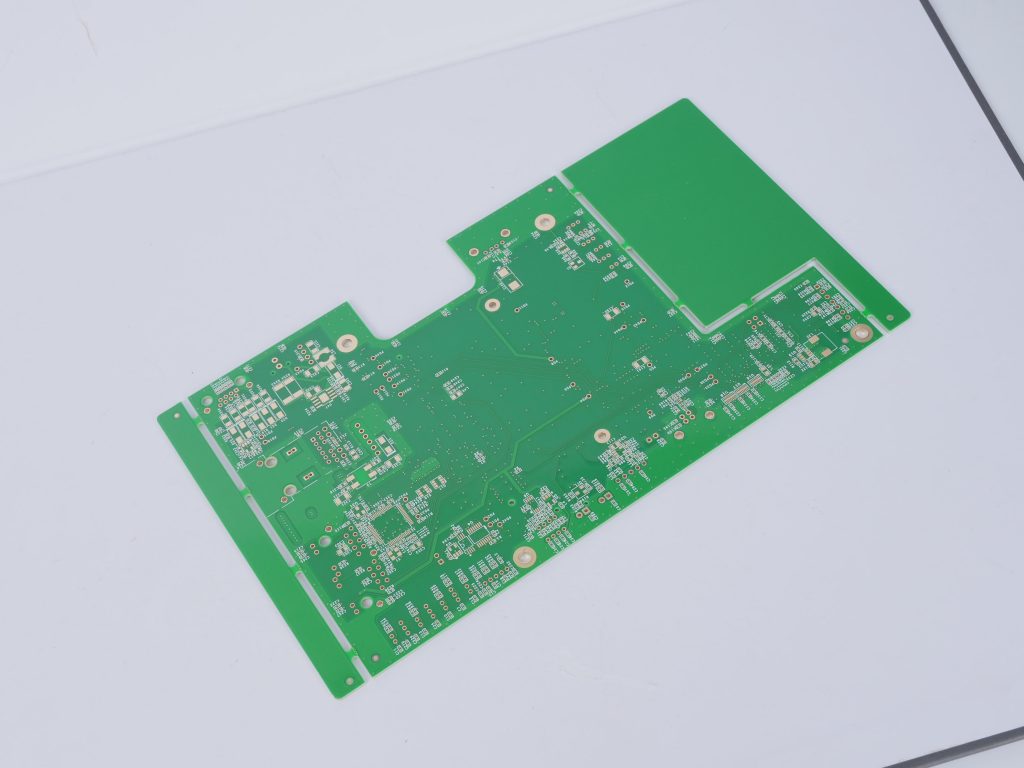
There are a lot of gold elements on old PCBs, because circuit interfaces are often plated with gold to increase contact performance and prevent corrosion. In addition, waste printed circuit boards also contain a variety of valuable metals. The main direction of recycling waste circuit boards is the recycling of metals.
These circuit boards contain a large amount of precious metals and rare materials. According to data, the metal contains about 20% copper, 8% iron, 2% nickel, 4% tin, 2% zinc and other common metals, and about 0.1 % gold, 0.2% silver, 0.005% palladium and other precious metals, and also contains many toxic and harmful heavy metals, such as lead, hexavalent chromium, mercury, cadmium, etc. With the right recycling techniques and processes, these valuable materials can be extracted and used to produce new electronic products.
This can not only save resources and reduce damage to the natural environment, but also effectively reduce production costs. Therefore, discarded PCB circuit boards should not be simply regarded as garbage, but should be regarded as a valuable resource.
With a combination of technology and creativity, electronics enthusiasts and artists have discovered a variety of ways to transform discarded circuit boards into unique pieces of art, home décor, or functional items. Through careful disassembly and reassembly, these discarded circuit boards are given a new life.
How can I make PCB cheaper?
1. Optimized design: Correct component placement and layout design can significantly reduce PCB costs and improve circuit performance.
2. Choose the right material: Choose the right PCB material according to the application scenario.
3. Optimize line spacing: By optimizing line width and line spacing, you can avoid additional adding.
4. Optimize the process: Use more efficient manufacturing processes such as the V-cut process to reduce material waste and improve sheet utilization.
5. Mass production and panelization: Carry out mass production according to demand, enjoy batch discounts and discounts, and reduce unit prices.
6. Technical improvement: Introduce advanced equipment and processes to improve production efficiency and reduce error rates, thereby reducing production costs.
Through the comprehensive application of the above strategies, the cost of PCB can be effectively reduced while ensuring product quality and production efficiency.
Conclusion:
Understanding the factors that affect pcb board price during the production and processing stages can help you make cost-effective decisions to ensure the quality of your products while saving money. BEST Technology has extensive design and production experience in PCB manufacturing and can effectively help you solve pcb board price issues.
Tags: PCB, pcb cost, PCB prices


